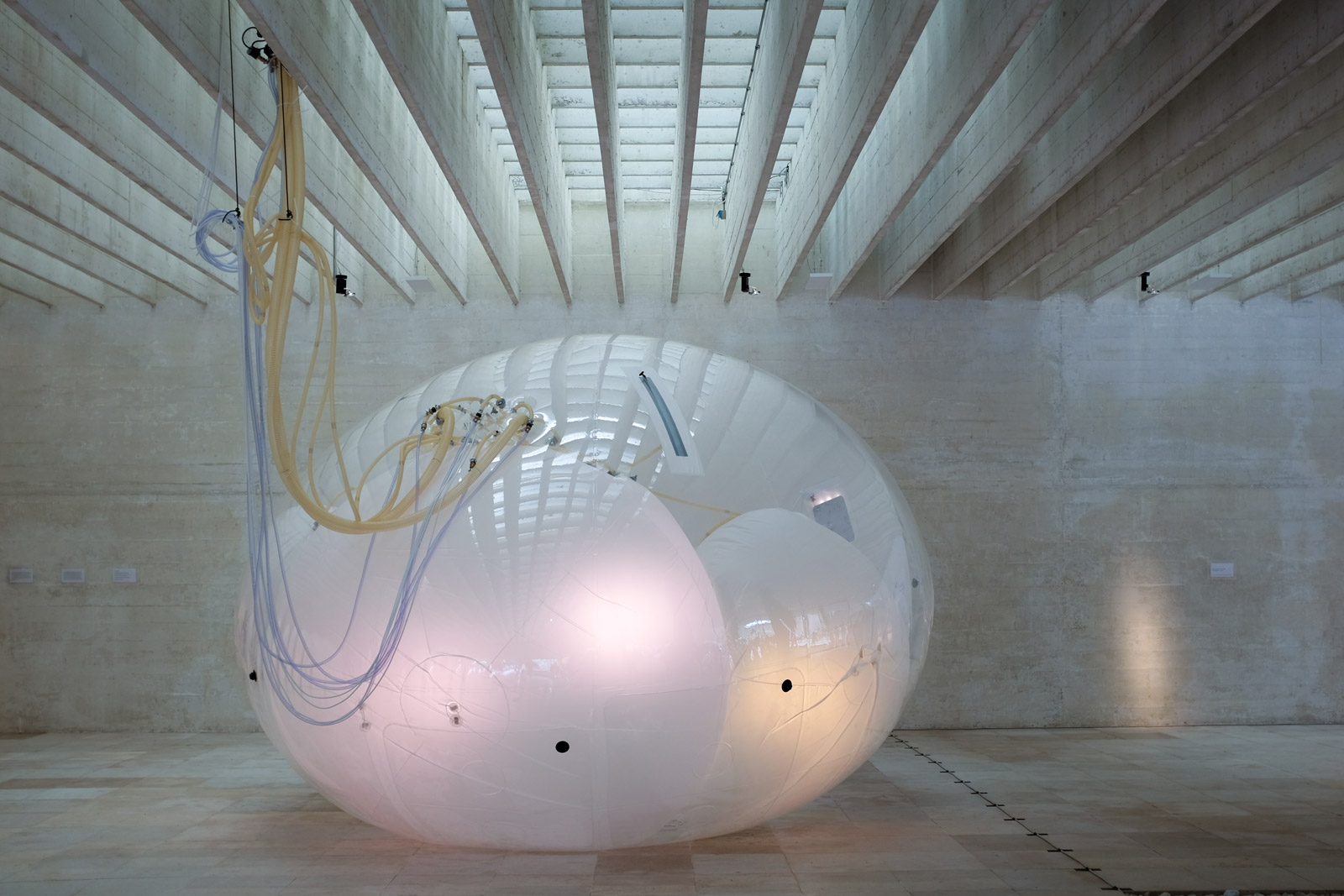Best National Participants at 2018’s Venice Architecture Biennale
Countries and independent states present pavilions outlining their visions for the future

One of the most anticipated events of the Biennale Architettura in Venice is the unveiling of the national participant pavilions. Rigid geographic distinctions may seem outdated in contemporary architecture, nonetheless it’s interesting to see the thematic or stylistic spirit of a country—and what it says about the future of that nation’s creative and artistic development. This year, many warrant attention for their eye-catching presentations and the messaging behind it all.

The Giardini may act as the main venue for national pavilions, but many are also scattered around Venice, in old palazzos or in unusual locations. The latter is the case for the first-ever participation of the Holy See at the Architecture Biennale, whose installation takes place on the beautiful island of San Giorgio Maggiore, just in front of Piazza San Marco. The “Vatican Chapels” is an event not to be missed. Ten tiny new churches were built in the woods behind San Giorgio church and next to Fondazione Giorgio Cini—each entirely different from the next.

The project, curated by professor Francesco dal Co, takes its inspiration from the Woodland Chapel built by Gunnar Asplund in 1920. Here, dal Co asked ten renowned international architects (including Norman Foster, Sean Godsell and Eduardo Souto de Moura) to design environments for prayer and worship. The beauty of the architecture and the sobriety of the execution reach an incredible level of quality, creating a unique sense of concentration and spirituality.

In the aforementioned Giardini, “Svizzera 240. House Tour” rises, winner of the well-deserved 2018 Golden Lion for Best National Participation. This creation in the Swiss Pavilion is a transformation of an unadorned classic Swiss home that at first sight seems like an ode to banality. Walking from one room to another guests start to feel that something is not exactly as it should be, since everything in each space has unusual proportions. The surrealistic work by Alessandro Bosshard, Li Tavor, Matthew van der Ploega and Ani Vihervaara is truly enjoyable yet unexpectedly deep.

The installation at the French Pavilion is informed by the idea of “Freespace“—the main theme selected by the Biennale curators—and it explores 10 “Infinite Places.” Encore Heureux Architects explore 10 “places” in France that have become “spaces,” or architecture that has been transformed into communities and collective experiences. The main hall of the exhibition looks like a contemporary cabinet of curiosities, a display of significant objects from these places being investigated for their design.

Architect Mario Cucinella—curator of the Italian National Pavilion—proposes a new idea of the grand tour across what he calls “Arcipelago Italia.” The Italian identity is the result of countless historic and social factors, a real “cultural archipelago,” whose differences make it unique and at the same time fragmented. Cucinella explores the peninsula and islands in eight different itineraries meant to discover what’s unusual and hidden yet deeply Italian—and in architectural terms, from villages to factories, from new buildings to ancient houses.

The Nordic Countries Pavilion is populated with gigantic semi-transparent cell-like balloons. These are meant to explore the relationship between natural and constructed environments. With “Another Generosity” curators Eero Lundén and Juulia Kauste investigate the effects of the Anthropocene—the epoch we’re living—in which humankind is able to determine the future of climate change. The balloons of “Another Generosity” slowly change shape and color according to the levels of carbon-dioxide, temperature and humidity in the room, showing—in a tangible manner—how we can impact nature.

The focus of China and Australia is also nature, which is presented as the best ally for the architecture of the future. The Chinese pavilion is an ode to a contemporary rural architecture that does not forget the role of advanced technologies. The Australian pavilion in arranged as a grassland and architecture is present only in the form of video. The project is entitled “Repair” and aims to demonstrate how we can fruitfully work toward fine-tuning the Earth.
Biennale Architettura is on now through 25 November.
Images by Paolo Ferrarini












